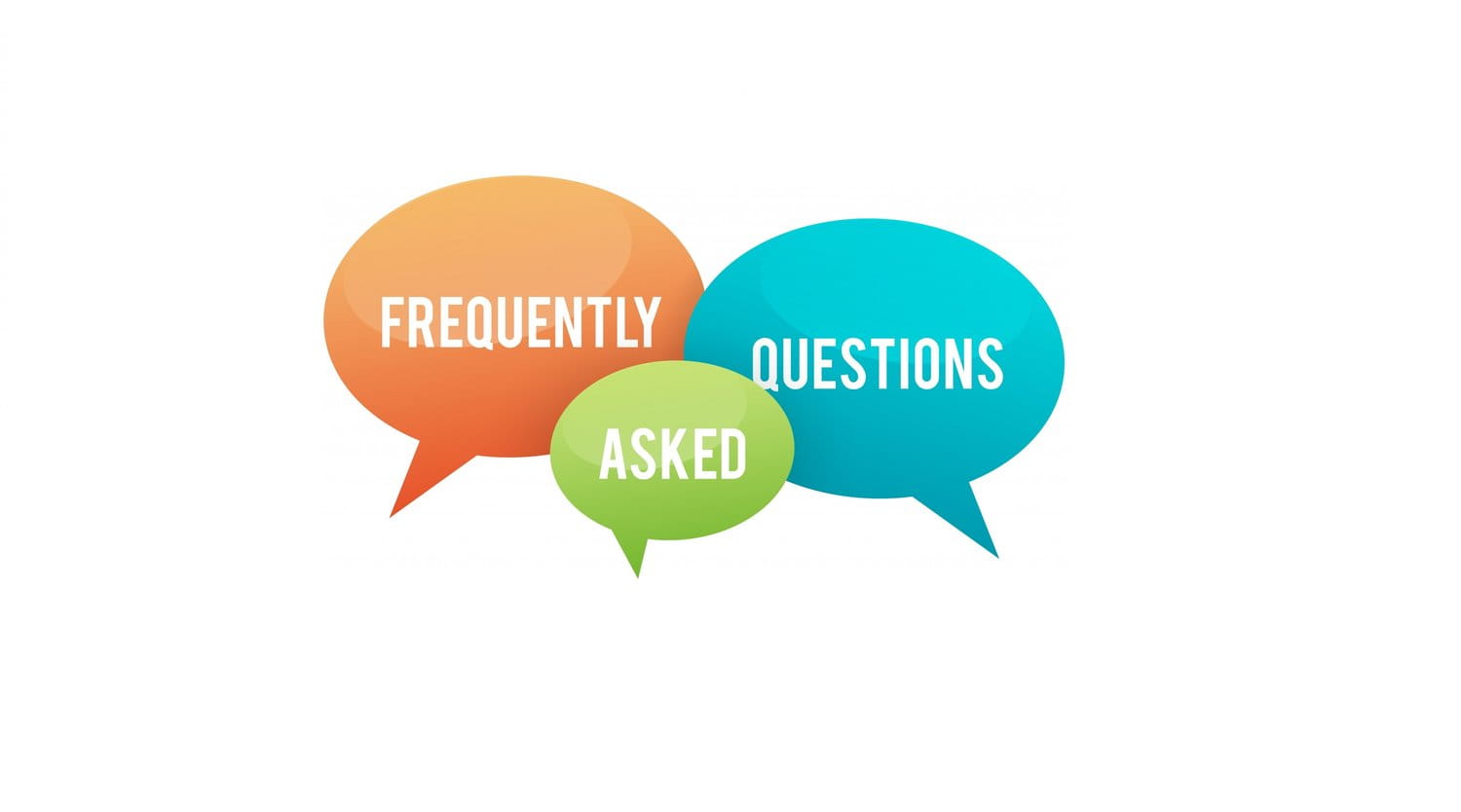WhatsApp has launched its new Status feature. To understand the feature and its potential, I think it’s important we first explore the function and purpose of WhatsApp.
On a functional level, the tool enables one-to-one or one-to-many communications based on personal preference.
Here’s some Photoshop magic to illustrate what I mean:
One-To-One
![]()
One-To-Many

This is an important distinction to make because many other communication tools have an emphasis on one-to-anyone communication. This is the equivalent of publicly speaking to a crowd with people walking by. Some people may stop and listen, some crowds may be bigger than others and depending what someone is speaking about, these crowd dynamics can contract and expand in either direction.
One-To-Anyone

WhatsApp’s success is similar to that of SMS being the widely adopted step change from expensive mobile voice communications. Whilst voice communications prevail in our society, due to their effectiveness and efficiency, WhatsApp remains central to modern personal communication and has eclipsed SMS and many like-for-like competitors with its simplicity, cross platform functionality and privacy features. If WhatsApp holds true to its public purpose of simple, secure and reliable messaging, it’s hard to see it being toppled anytime soon.
At its core, WhatsApp provides simple and fast communication but on a deeper level, its value is time. By this I mean that ‘time’ is the most valuable commodity we as humans have – it’s the one true currency of life. WhatsApp sells the promise of efficient communication through the trade of timesaving. A powerful proposition that is bolstered by encryption privacy, which functions as a digital mirror of real-life conversations.
Superficially, the new Status feature seems like a replication of other competitor features. Status allows users to share photos, videos and gifs overlapped with emojis, scribbles and a caption, which will be visible to selected friends for 24 hours, before disappearing. Similarity across digital media competitors could easily be perceived as a problem, but to be bothered by these similarities would be like a chair manufacturer being frustrated that a competitor makes similar four-legged chairs. As with the chair example, I’d likely purchase from the manufacturer who made the better chair – similarly I’d likely prefer the platform I felt operated the best.
To me Status feels like a natural and logical progression for WhatsApp and provides a creative springboard for brands to reach customers on top of the app’s well-established communication functions. The update and platform holds a lot of promise for brands that focus on customer service and I look forward to seeing how the update fares amongst their rivals.
We would love to hear what you think about Status and how you think brands might use the update – tweet your suggestions to @TalentedTalkers #StatusIdea



